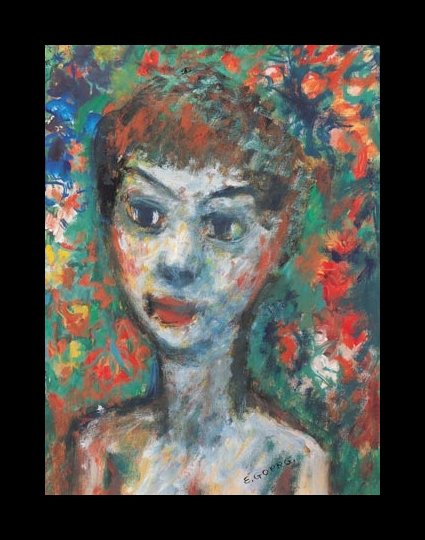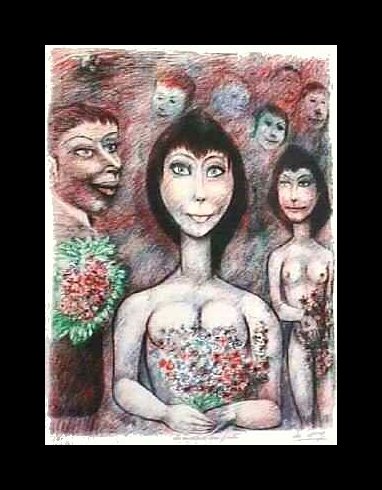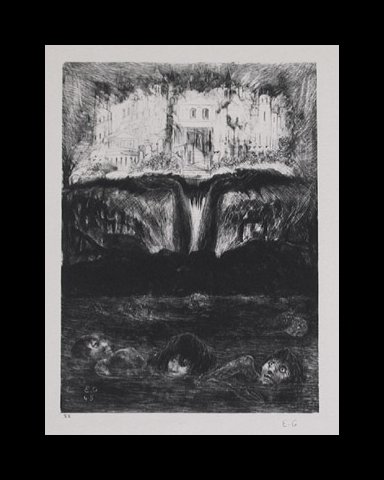Edouard Goerg (1893-1968)
Get a Goerg Certificate of Authenticity for your painting or a COA for your Boucher drawing or print.
For all your Goerg artworks you need a Certificate of Authenticity in order to sell, to insure or to donate for a tax deduction.
How to get a Goerg Certificate of Authenticity is easy. Just send us photos and dimensions and tell us what you know about the origin or history of your Goerg painting, drawing or print.
If you want to sell your Goerg painting, drawing or print use our selling services. We offer Goerg selling help, selling advice, private treaty sales and full brokerage.
We have been authenticating Goerg and issuing certificates of authenticity since 2002. We are recognized Goerg experts and Goerg certified appraisers. We issue COAs and appraisals for all Goerg artworks.
Our Goerg paintings, drawings and print authentications are accepted and respected worlwide.
Each COA is backed by in-depth research and analysis authentication reports.
The Goerg certificates of authenticity we issue are based on solid, reliable and fully referenced art investigations, authentication research, analytical work and forensic studies.
We are available to examine your Goerg painting, drawing or print anywhere in the world.
You will generally receive your certificates of authenticity and authentication report within two weeks. Some complicated cases with difficult to research Goerg paintings or drawings take longer.
Our clients include Goerg collectors, investors, tax authorities, insurance adjusters, appraisers, valuers, auctioneers, Federal agencies and many law firms.
We perform Edouard Goerg art authentication, appraisal, certificates of authenticity (COA), analysis, research, scientific tests , full art authentications. We will help you sell your Edouard Goerg or we will sell it for you.

Edouard Goerg was a French Expressionist and engraver. Born in Australia to French parents, Goerg moved to France in 1913 to pursue his career as an artist. He studied at the Academy Ransom in Paris for a year, but would eventually go on to create a style all his own. Goerg would work primarily in oil and gouache, but was also a prolific lithographer. During this time, he also worked under the artist Maurice Denis, and is hailed as one of the most original representatives of the French Expressionist movement.


In 1919, Goerg moved to the French Indies, only to return to Paris again in 1919.
From 1949 to 1965, Goerg taught at the Ecole des Beaux-Arts as a professor. He continued to paint during this time, and well up until his death in 1969. During this time he was also awarded the prestigious rank as a Knight of the Legion of Honor.


Goerg would often paint young women with large eyes and heads, almost in a cartoon-like fashion. Some critics may call Goerg’s individualistic style a more “softened” version of Cubism. In fact, Goerg seemed to jump into Cubism just as it was emerging and pieces of his such as “The Bar” show that perhaps he was working in this style before it gained great popularity.



While the bulk of Goerg’s work would insinuate that he painted primarily lighthearted scenes, he did not ignore social commentary completely. Like so many other artists, Goerg served in World War I, and was left with horrific memories as a result. This also was reflected in some of his lithography and paintings.

Though some critics try to compare his work to that of George Grosz, Goerg was in a league all his own. Goerg’s former home in Callian is currently being restored to become a museum for the artists’ work, despite a long struggle to obtain property rights. Today his work is housed in modern museums in Europe and The United States, and perhaps in your own home.
Reviews
1,217 global ratings
5 Star
4 Star
3 Star
2 Star
1 Star
Your evaluation is very important to us. Thank you.
